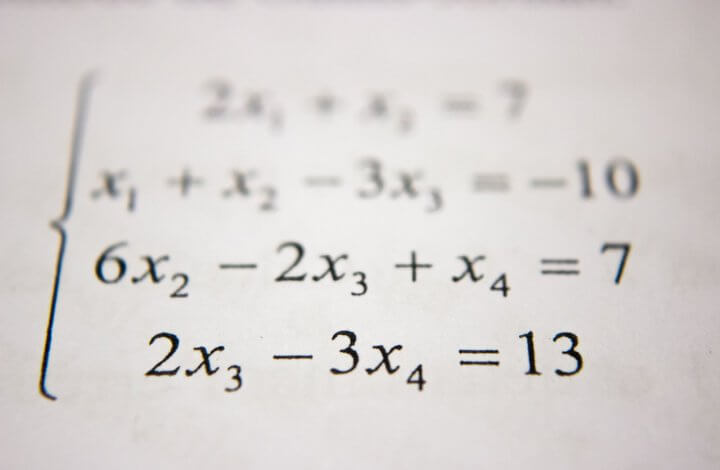
Algebra: A form of advanced arithmetic in which letters of the alphabet represent unknown numbers. Children use simple algebra when they solve a problem such as 4 + ? =7 (a problem they would phrase as “4 + x = 7” when they get older and begin to study algebra).
Arithmetic: A branch of mathematics taught to youngsters in elementary school. It deals with numbers and how to use them in the operations of addition, subtraction, multiplication and division.
Classification: Identifying ways in which objects are similar (such as color, size or shape).
Geometry: A branch of mathematics that deals with measurement, properties and relationships of points, lines, angles, surfaces and solids. For young children, geometry begins by recognizing shapes and patterns; formal study begins later.
Mathematical reasoning: Thinking through math problems logically in order to arrive at solutions. It involves being able to identify what is important and unimportant in solving a problem and to explain or justify a solution.
Measurement: Determining the length, area, volume, time and other quantities and using the appropriate tools to do so. Units of measure include inches, feet, grams, kilograms, pounds, tons, gallons, liters, dollars.
Number sense: The ability to recognize numbers, identify their relative values and understand how to use them in a variety of ways, such as counting, measuring or estimating.
Probability: The chance that a given event will occur. It is an important area of mathematics study and a subject to which young children can be introduced through games of chance, such as coin tosses.
Statistics and data analysis: The collection and analysis of numerical data. Counting people in a census is a statistical activity. So is computing a batting average or figuring the miles per gallon that your car averages on a trip.
Symmetry: The property of an object when the characteristics (size, shape and relative position of parts) are the same on either side of a dividing line or about a center.